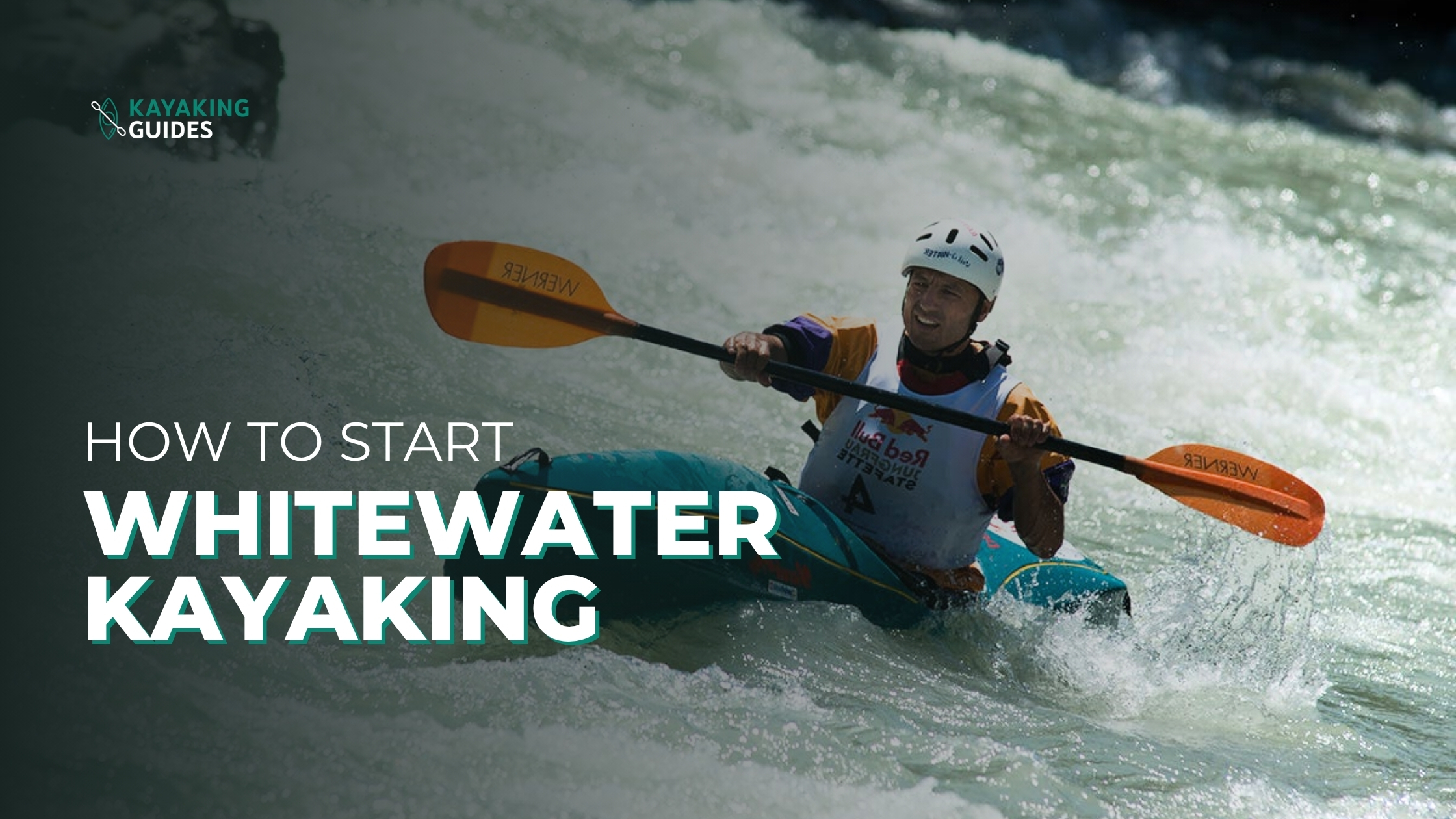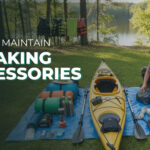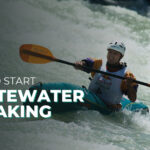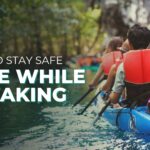Introduction
Whitewater kayaking is one of the most exhilarating ways to experience rivers. With powerful rapids, rushing currents, and adrenaline-filled adventure, it’s no wonder this sport attracts thrill-seekers worldwide. But while it looks exciting, it also requires proper training, gear, and preparation.
If you’re wondering how to start whitewater kayaking, this beginner’s guide will walk you through the essentials — from choosing the right kayak to learning paddling techniques and staying safe on the water.
1. Understand the Basics of Whitewater Kayaking
Before hitting the river, familiarize yourself with the key elements:
- Types of kayaks: Sit-in kayaks offer more control and stability; sit-on-top kayaks are easier for beginners to enter and exit.
- Paddles: Most kayakers use double-bladed paddles for efficiency.
- Essential gear: Personal flotation device (PFD), helmet, spray skirt, and weather-appropriate clothing.
Starting with the right equipment will give you confidence and keep you safe on the water.
2. Take a Kayaking Course
Enrolling in a certified whitewater kayaking course is highly recommended. An instructor will teach you:
- Paddling techniques
- How to read river currents
- Rescue skills and self-rescue methods
This foundation will make you more confident and dramatically improve your safety.
3. Start on Calm Waters
Don’t dive straight into Class III rapids. Begin with calm lakes or slow-moving rivers to practice balance, control, and basic strokes. Building skills in low-risk environments prepares you for whitewater challenges later.
4. Master Paddling Techniques
Paddling is the core skill in kayaking. Essential strokes include:
- Forward stroke – to move smoothly through water
- Sweep stroke – to turn your kayak
- Brace stroke & stern rudder – for stability and control in rapids
Practice these on calm water before attempting them in whitewater conditions.
5. Learn to Read the Water
Rapids are classified from Class I (easy) to Class VI (extremely dangerous). As a beginner, stick to Class I or II.
Key river features to recognize:
- Waves – caused by water flowing over obstacles
- Holes – water dropping into depressions, often tricky for beginners
- Eddies – calm spots behind rocks where you can rest
Understanding how water flows helps you make safe decisions in fast currents.
6. Practice Self-Rescue Techniques
Capsizing is part of whitewater kayaking — so knowing how to recover is essential. Practice:
- Wet exit – safely exiting when upside down
- Eskimo roll – rolling your kayak upright with your paddle
- Swimming in whitewater – staying calm and using your paddle for support
Muscle memory in these techniques can save your life.
7. Join a Kayaking Community
Learning is easier (and safer) with others. Local clubs and social media groups often organize group trips, share river updates, and offer beginner support. Surrounding yourself with experienced paddlers helps you progress faster.
8. Be Prepared Before Every Trip
Preparation is just as important as skill. Always:
- Check the weather and river conditions
- Bring a first aid kit, whistle, and throw bag
- Carry food, water, and appropriate clothing
- Inform someone of your trip details
Preparation ensures you’re ready for both adventure and unexpected challenges.
9. Respect the River and Your Limits
The river is powerful, and safety should always come first. Follow these principles:
- Leave No Trace — protect the environment
- Avoid disturbing wildlife
- Know your limits and progress gradually
Whitewater kayaking is thrilling, but it’s not worth risking your safety for rapids beyond your level.
Conclusion
Whitewater kayaking combines adventure, skill, and respect for nature. By starting with the right gear, taking a course, and progressing gradually from calm waters to small rapids, you’ll build the confidence needed for this thrilling sport.
Remember — the river always demands respect. Stay safe, practice often, and most importantly, enjoy the ride!
FAQ: Whitewater Kayaking for Beginners
Q1: Is whitewater kayaking hard to learn?
It takes practice, but with proper training and beginner-friendly rivers, most people can learn the basics within a few sessions.
Q2: What’s the best kayak for beginners?
Sit-on-top kayaks or wider sit-in kayaks offer more stability, making them ideal for beginners.
Q3: How do I stay safe while kayaking?
Always wear a PFD and helmet, paddle within your skill level, and never kayak alone.
Q4: Can I teach myself whitewater kayaking?
While possible, it’s not recommended. A certified course will teach you essential rescue and safety skills.










